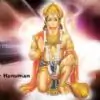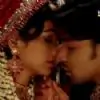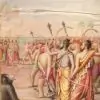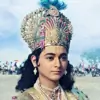Why Ramayan is an epic?
Indian literature has two great epics - Ramayan and Mahabharat. Why should they be categorized under epic? To understand this first we will have to understand the characteristics of an epic and which book can be categorized as an epic.
1. Epic is the story, or a biographical description of a great man or leader of the society or a country, from his birth till death in chronological order.
2. It must start from prayer of God.
3. An epic has to have all the nine Ras in it.
(1) Vaatsalya - Kaushalyaa's love towards her Ram
(2) Shringaar - Milan (when Ram sees Sita in Pushp Vatika) and Virah (when Ram weeps for Sita after She has been abducted)
(3) Shaant - while discoursing
(4) Haasya - in Naarad Moh
(5) Veebhats - in description of war,
(6) Veer - also in war
- Description of Sharad and Vasant Ritu (winter and spring season) in Aranya Kaand, Chapter 16, at the time of starting living in Panchvatee before meeting Shoorpankha.
- Description of Vasant Ritu (Spring) in Kishkindha Kand, Chapter 1 while arriving at Pampa Sarovar on the way to Rishyamook Parvat..
- Varsha (rainy season) is described in Kishkindha Kaand, Chapter 28, when the monkey are given a holiday
- Description of Hemant Ritu, when promised period of waiting for Sita's search is over, and Sugrev has still not responded. Ram sends Lakshman to Sugrev in His wrath
- Description of Fall, in Kishkindha Kand, Chapter 43, when Hanuman and others go in search of Sita after their exit from the cave of Swayamprabha


























